Story and photography by Bob Farrar
The Allure of “I Found That!”
One of the most popular aspects of the gemstone hobby is collecting one’s own material in the field. Digging up an interesting rock can be exciting, but cutting and polishing it, and being able to look at the finished stone and say “I found that!”, is a source of real pride and satisfaction.
Limited Access, Lingering Opportunities
Unfortunately, opportunities to collect one’s own gemstones and minerals are becoming more and more limited. Today, many famous collecting sites are either mined out or inaccessible for a variety of reasons. To be sure, not all productive collecting areas are gone. One state where amateur collectors can still have a chance of finding something nice is Maine. There are a number of sites in Maine where collecting is still possible, but my personal favorites are those that are accessible through the Poland Mining Camps in the town of Poland, Androscogin County, ME. There, one can, for a reasonable fee, access world-famous gemstone localities that are otherwise closed to the public.
Poland Mining Camps: A Haven for Rockhounds
Irving “Dudy” Groves was a long-time gemstone miner in Maine. Over the years, he worked with some of Maine’s best-known miners at many famous gemstone localities. He conceived the Poland Mining Camps (PMC) back in the 1950’s as a place dedicated to amateur rockhounds, where people could interact with like-minded folks and be given the opportunity to collect at some of Maine’s best mineral localities. Doing most of the work himself, he initially built cabins, and, later, a dining hall/meeting room/museum.
Mary Groves: The Legacy Goes Continues

Dudy passed in 2005, but his wife, Mary Groves, has continued to operate PMC since then. As happened to many businesses, Mary was forced to curtail activities during the COVID-19 pandemic. The Camps were closed in 2020, and reopened in 2021 with limited activities. Since then, Mary has continued to offer day collecting trips, but has been unable to offer lodging or meals. Collectors now need to find lodging and meals elsewhere, but there are a number of good lodging and dining establishments in the area.
More Than Just a Business: A Community Effort
Mary does not operate the Camps by herself. She has many friends and family members who pitch in. These folks serve as guides as well as operators of mining equipment, and whatever else they need to be to keep the Camps running. My own association with the Camps has evolved over many years from customer to part-time helper to guide and mineral miner.
Digging into Pegmatites: Maine’s Gem-Bearing Formations
The mineral localities that Poland Mining Camps visits regularly are all granitic pegmatites. These formations consist largely of the same minerals as granite, including quartz, feldspar, and mica. However, in a pegmatite, the size of the individual mineral grains is larger, generally over ½ inch, and can be as large as several feet. In some pegmatites, other minerals are also present, sometimes also in larger crystals. Among the most the most sought-after pegmatite minerals in Maine are tourmaline, beryl, apatite, garnet, and crystalized quartz. The very best crystals are usually found in open spaces known as pockets, vugs, or miarolitic cavities. When well crystalized, these minerals can often be cut into gemstones, and may be quite valuable. Well-formed crystals are also highly prized by collectors who, like myself, would never dream of cutting them.
Exploring Mt. Apatite’s Western Quarries
Since the pandemic, Mary has offered day trips to Mt. Apatite and other pegmatite localities. She owns parts of Mt. Apatite, including the Pulsifer Quarry, Keith Quarry, and Hole-in-the-Ground Quarry (collectively known as the “Western Quarries” of Mt. Apatite.) These quarries are all within a few hundred yards of each other, and can all be visited on the same day. They were worked by Dudy in the 1970’s – 1990’s. Much of the material that he extracted was put on dumps around the quarries, but there were still many interesting specimens left in those dumpsites. Collectors are still finding these minerals.
Pulsifer Quarry: A Purple Treasure Trove
The Pulsifer Quarry is world famous for purple apatite. The Roebling Apatite, a 100 g crystal now on display at the Smithsonian Institution, was found there in the early 1900’s. Recent work has unearthed more purple apatite, and limited amounts of material are accessible to collectors.
Keith Quarry: Gemstones & Graphic Granite
The Keith Quarry regularly yields tourmaline, beryl, quartz crystals, and lepidolite. There is also abundant graphic granite at the Keith. Properly oriented and slabbed, it can be cut into cabochons with patterns that suggest Cuneiform writing, hence the name “graphic” granite.
Hole-in-the-Ground: Gahnite, the Rare Spinel
The Hole-in-the-Ground Quarry is famous for gahnite, a rare member of the spinel group of minerals. In addition, purple apatite, tourmaline, almandine garnets, quartz, and beryl are found at the Hole-in-the-Ground Quarry. Some of the garnets can be facetted, as can small pieces of pale smoky quartz. Smoky quartz is not a particularly valuable material, but being able to find it and cut it yourself makes it worth collecting.
Beyond Mt. Apatite: Exclusive Collecting Privileges
Mary also takes people to quarries that she does not own; she has special arrangements with other mine owners to allow her to take people there to collect. For these localities, this is a rare privilege; they are not open to the general public. These other localities are sources of some very fine tourmaline crystals, as well as beryl, apatite, quartz, lepidolite, and many other minerals.
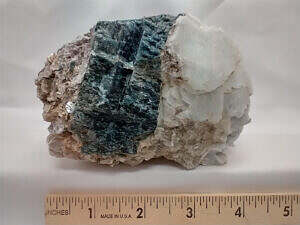

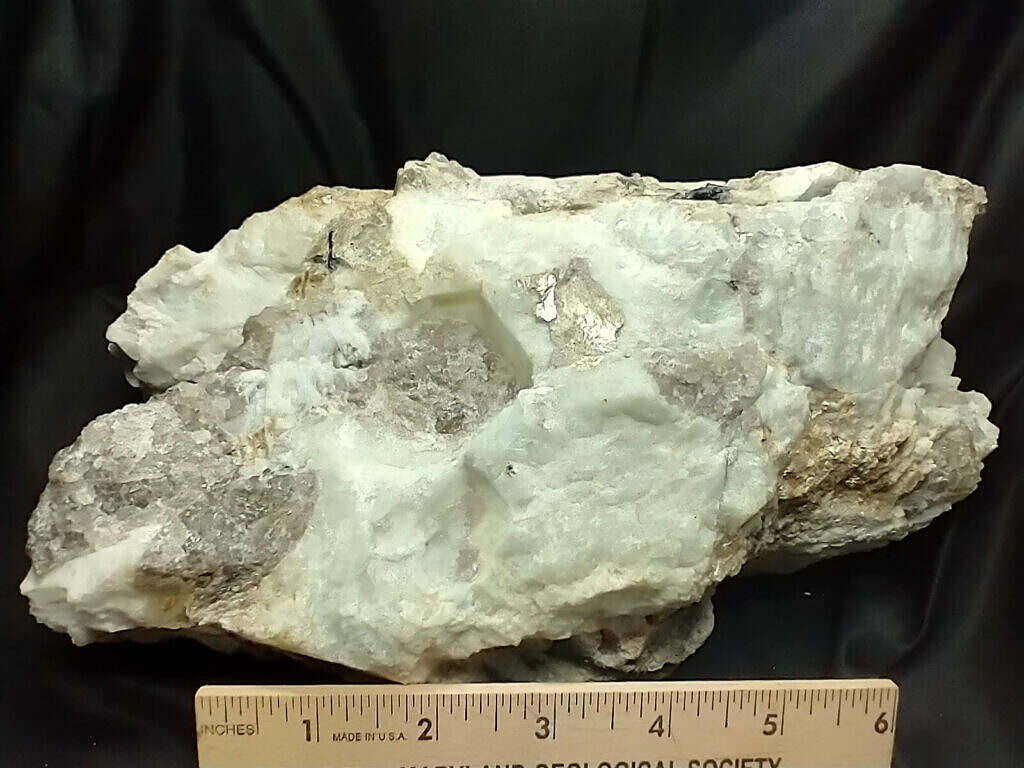
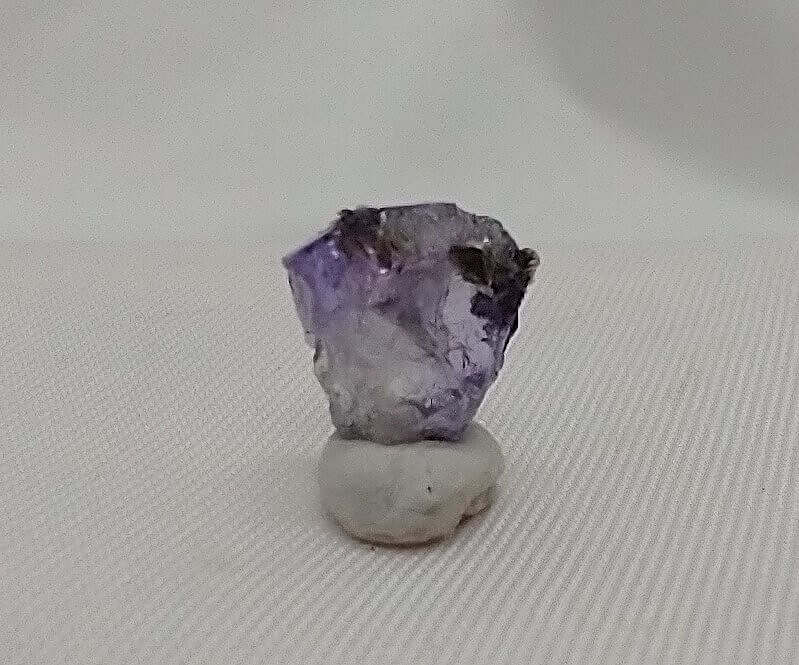
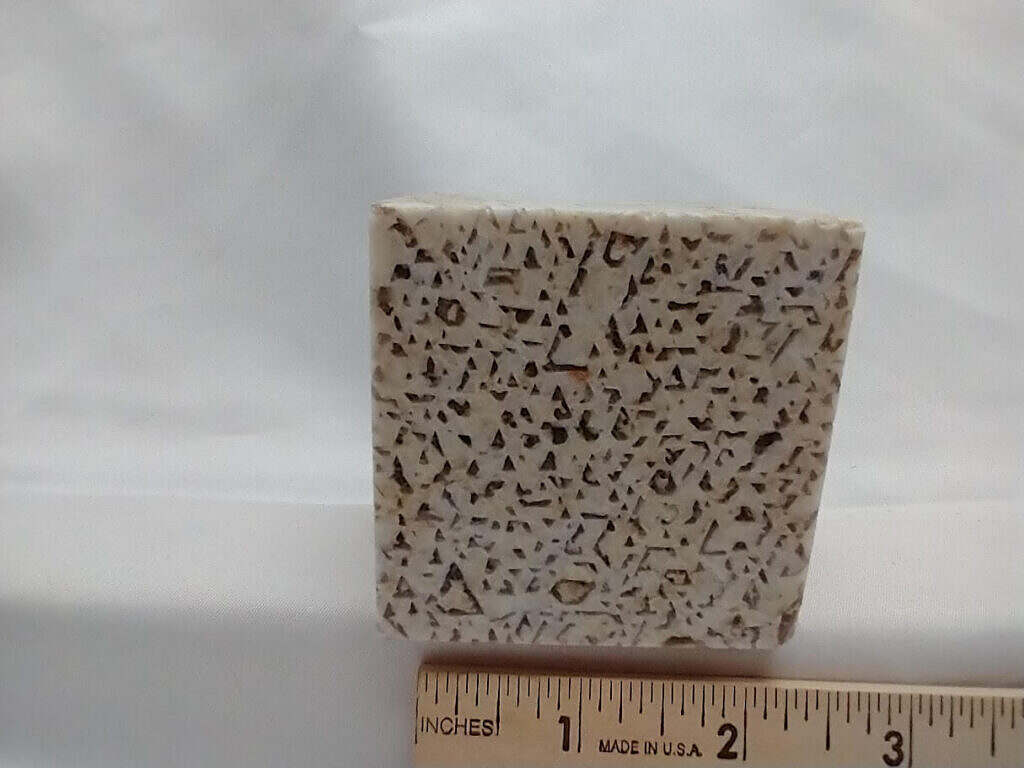
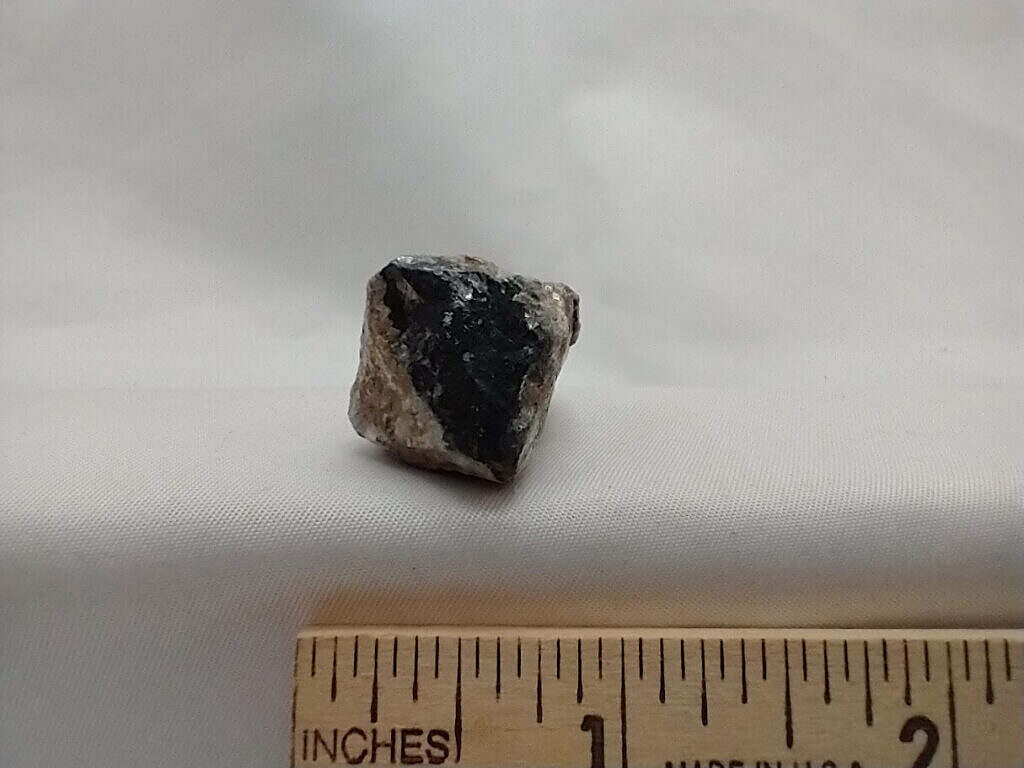

Maine Tourmaline: A Spectrum of Beauty
The tourmaline can be any of a variety of colors, with green being the most common, but also blue, pink, and red, frequently with more than one color in a single crystal. When transparent, Maine tourmaline can be facetted into beautiful gems.
Beryl and Beyond: Other Facet Grade Finds
Gem-quality beryl, including aquamarine and morganite, can be found as well. Beryl and quartz can also be facetted and also cabbed. Lepidolite can be cabbed if it is sufficiently compact.
Understanding Access: Safety and Sustainability
Collectors are not allowed in the area where the minerals are being actively extracted, but are restricted to the dumps. This is partly for safety reasons, but it also lets the mine owners retain most of the tourmaline production. It is very expensive to operate a mine; the owners count on recovering fine minerals to keep the operation going.
A Fair Exchange: Supporting the Mines, Rewarding the Collector
It may not seem fair to keep paying customers out of the “good stuff,” but without those minerals, the owners could not operate the mine. And, there might be no collecting at all for rockhounds. Despite this, enough pieces make it to the dumps to make visiting worthwhile to collectors. I have personally found some very fine tourmaline crystals in the dumps.
Realistic Expectations, Real Rewards
It is Mary’s policy that collectors can keep whatever they find. That includes minerals found at quarries that she does not own. No one at these localities is going to take rocks from you because they are too valuable to let go.
In reality, the odds of finding something really valuable are low. However, with a little work, and persistence, just about everyone finds something worth taking home, be it an interesting mineral specimen or something that can be cut.
No Artificial Enhancements: The Real Deal
At no locality does PMC “salt” or “enrich” the site by putting out low-grade material from Brazil or Africa or someplace for people to find. At places that do this, there is usually no chance that the operators will put out anything rare or valuable.
A Chance for Something Truly Special
At Poland Mining Camps’ localities, the stones were put there by Mother Nature, so there is always a chance that a collector will find something really great. I have.
Plan Your Adventure
In 2023, Poland Mining Camps ran day trips every Friday, Saturday, and Sunday from Memorial Day weekend through Labor Day weekend. As of this writing (March 2024), plans for 2024 are to have, at a minimum, the same offering.
2024 Trip Details
Anyone who might be interested in the chance to collect at some world-famous pegmatite localities can call Mary at (207) 998-2350, or email at [email protected] for more information. If you decide to go, you just might have me as your guide.

